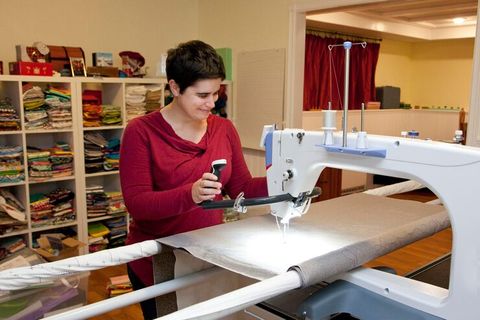Importance
Wedding dress choices are significant because they are closely linked to cultural heritage, individuality, and social expression. This subject concerns a wide audience: future brides, families, cultural communities, historians, and fashion researchers.
It also helps answer questions such as:
How can one choose a style that reflects cultural or religious traditions?
What are the differences between classic, contemporary, and sustainable models?
How do social movements, such as sustainability, influence the choice of materials and production?
Understanding the importance of wedding dresses allows for informed decisions that balance tradition, comfort, and symbolism.
Recent Updates
In the past year, several developments in fashion and cultural practices have influenced wedding dress trends:
Sustainability in the spotlight (2024–2025): Designers are increasingly using eco-friendly fabrics such as organic silk, bamboo fibers, and recycled lace. The global debate on sustainable fashion has also reached bridal wear, making “green weddings” a significant trend.
Customization and inclusivity: 2024 saw growing attention to tailor-made models, with many collections offering a wide range of sizes and non-traditional styles to be more inclusive.
Color diversity: While white remains the traditional color, the 2025 collections have introduced delicate shades such as blush pink, champagne, and pastels, marking a departure from strictly conventional palettes.
Technology in fashion: Virtual try-on apps and AI-based styling tools gained popularity in 2024, allowing brides-to-be to explore designs digitally before making a decision.
These changes highlight how wedding dress fashion is evolving alongside cultural developments, environmental awareness, and technological innovations.
Laws and Regulations
Although wedding dresses are a personal choice, they are sometimes influenced by rules, especially in cultural or religious contexts. For example:
Cultural preservation laws: In countries such as India and China, governments support the preservation of traditional garments like the sari or qipao in ceremonies, to promote cultural heritage.
Regulations on imports and fabrics: Many states control materials used in clothing production to ensure safety, sustainability, and fair-trade practices.
Religious guidelines: Some communities follow rules of modesty in clothing, which are not civil laws but cultural functions. These traditions influence the design and use of wedding attire in ceremonies.
Textile trade and sustainability policies introduced globally between 2023 and 2025 encourage designers to reduce environmental impact.
Tools and Resources
For those who wish to explore information on wedding dresses, several tools and resources are available:
Style exploration apps: Digital platforms like Pinterest or Canva provide visual inspiration for design choices.
Virtual try-on tools: Augmented reality apps such as ZOZO and other fashion-tech solutions help test styles virtually.
Guides on traditional clothing: Online resources and museum archives offer insights into wedding attire across different cultures.
Fabric-focused sites: Textile directories explain types of materials, sustainability aspects, and comfort factors.
Academic articles: Databases such as JSTOR provide historical and cultural studies on bridal clothing.
These resources promote better understanding of both traditional and modern approaches.
Frequently Asked Questions (FAQ)
What is the historical origin of the white wedding dress?
The tradition of wearing white dates back to 1840, when Queen Victoria of England chose a white gown for her wedding. This influenced Western fashion, creating the association between white dresses and weddings.Are wedding dresses always white in all cultures?
No. In many cultures, such as in India or China, brides traditionally wear red or gold dresses, symbols of prosperity, luck, and joy. In other regions, bright colors with specific cultural meanings are used.What fabrics are commonly used in wedding dresses today?
Popular fabrics include silk, satin, tulle, chiffon, lace, and organza. Sustainable options, such as bamboo fibers and organic silk, are gaining popularity due to increasing environmental awareness.How have wedding dresses changed in the past decade?
Designs have moved toward inclusivity, personalization, and sustainability. Non-traditional colors, shorter lengths, and versatile styles suitable for modern ceremonies are increasingly accepted.Can technology help explore wedding dress options?
Yes. Virtual and augmented reality tools allow dresses to be visualized without physical fittings. AI-based recommendation systems also help match personal preferences with the most suitable designs.
Conclusion
Wedding dresses carry deep cultural, historical, and personal significance. They connect traditions with individuality and adapt to modern influences such as sustainability and technology. From fabric choices to cultural symbolism, understanding these elements helps make meaningful decisions. With ongoing changes in fashion, inclusivity, and environmental policies, knowledge about wedding dresses continues to grow and evolve.
This exploration provides a neutral and informative guide for anyone wishing to learn about the facts, updates, and cultural importance of bridal attire.



